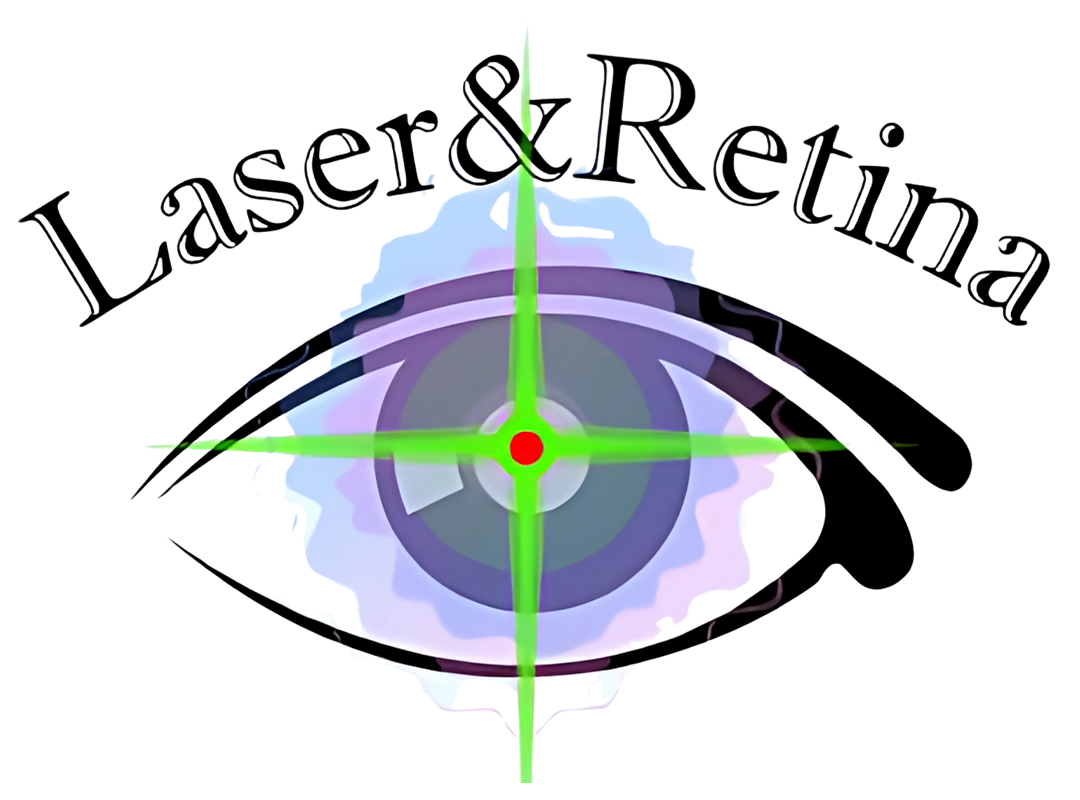Amblyopia or Lazy Eye
Amblyopia or Lazy Eye
Amblyopia occurs when the brain starts to ignore input from one eye due to poor visual stimulation or obstruction. Common causes include:
Strabismic Amblyopia
- Caused by eye misalignment (strabismus), where one eye turns in, out, up, or down.
- The brain suppresses the deviating eye to avoid double vision.
Refractive Amblyopia
- Occurs when there is a significant difference in refractive power (glasses prescription) between the two eyes (anisometropia).
- The eye with more uncorrected blur becomes amblyopic.
Deprivation Amblyopia
- Results from an obstruction of vision in one eye during early life (e.g., due to congenital cataract, droopy eyelid, or corneal opacity).
- Considered the most severe form and needs urgent intervention.
When to Suspect Amblyopia
Children may not complain of poor vision, making regular eye exams crucial. Signs that may indicate amblyopia include:
- Poor depth perception
- Squinting or closing one eye
- Eye misalignment (strabismus)
- Favoring one eye or tilting the head
- Trouble with reading or concentration in school
Diagnosis
Amblyopia is diagnosed through a comprehensive eye examination, including:
- Visual acuity testing (with age-appropriate methods)
- Refraction under cycloplegia (eye drops to relax focus)
- Ocular alignment and motility evaluation
- Assessment of ocular structures to rule out any obstruction
Treatment and Management
Early detection and treatment during the critical period of visual development (typically before age 8–10) offer the best outcomes.
1. Correcting the underlying cause:
- Glasses to correct refractive errors
- Surgery for strabismus or cataracts if needed
2. Patching Therapy (Occlusion):
- Covering the stronger eye to force the weaker eye to work harder
- Duration and frequency depend on the child's age and severity
3. Atropine Eye Drops:
- Used in the stronger eye to blur vision, encouraging use of the amblyopic eye
4. Vision Therapy / Exercises:
- In selected cases, supervised activities to improve coordination and binocular vision
Importance of Follow-Up
- Regular follow-up is crucial to monitor vision improvement and prevent recurrence.
- Even after successful treatment, relapse can occur, particularly if follow-up stops too early.
Early detection is key — amblyopia is one of the most treatable causes of visual impairment in children when managed promptly and effectively. We provide comprehensive pediatric eye care and tailor treatment to each child’s needs.
